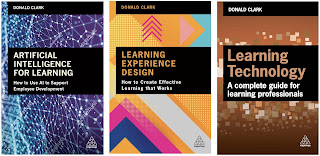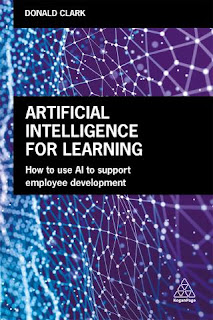ChatGPT's impact has nothing to do with essays and plagiarism. That's a sideshow, where old-school, lazy assessment hits the wall of smart technology. What OpenAI unleashed was far more interesting, an explosion of creativity and innovation. Putting such a powerful tool in the hands of 100 million in two months meant that a lot of smart people came up with a lot of smart uses and shared them on social media.It has massively accelerated innovation. Competition does this. In AI this has long been the norm. You can access publicly available data sets, write a solution and post your results publicly on a league table. Our AI expert did this with an image recognition solution as an undergraduate and was top in the world for a long time on recognising apples on trees. The data set included a huge number of varieties of apples on real trees in different light conditions This is an important task as a huge percentage of fruit is harvested at the wrong time. Yields really can be increased and automation introduced. It's a world where anyone can contribute and benchmark.
With LLMs, OpenAI's ChatGPT, based on GPT 3.5, started a race where:
- AI is integrated into mainstream tools like Teams
- Larger LLMs are being built
- LLMs are changing 'search'
- LLMs are being used on a global scale in real businesses
- Real businesses are being built on the back of LLMs
- LLMs as part of ensembes of other tools are being researched to solve accuracy, updatability & provenance issues
- Open, transparent LLMs (Bloom) are being built
More than this the 30 November 2022 will go down in history as the day a new wave of innovation around AI was given birth. This will change everything in learning.
I'll be in Africa, the Far East and across Europe this year talking about this, doing workshops. never been so excited about a learning technology, since I wrote my first programme on my Commodore 64, compiled it and said 'run'. What a time to be in learning and learning technology....



